Reinhard Klette
STFCN: Spatio-Temporal FCN for Semantic Video Segmentation
Sep 02, 2016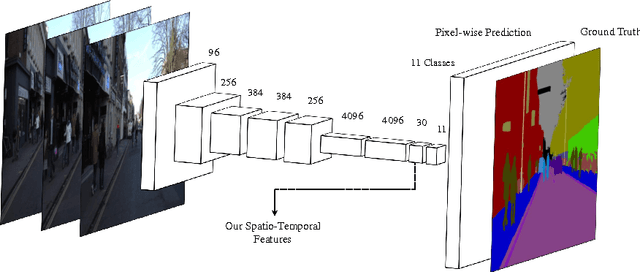

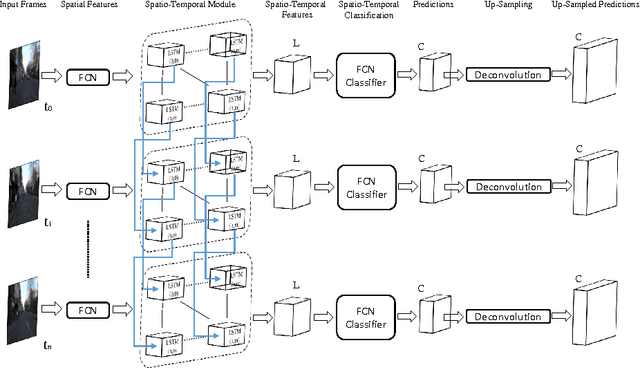

Abstract:This paper presents a novel method to involve both spatial and temporal features for semantic video segmentation. Current work on convolutional neural networks(CNNs) has shown that CNNs provide advanced spatial features supporting a very good performance of solutions for both image and video analysis, especially for the semantic segmentation task. We investigate how involving temporal features also has a good effect on segmenting video data. We propose a module based on a long short-term memory (LSTM) architecture of a recurrent neural network for interpreting the temporal characteristics of video frames over time. Our system takes as input frames of a video and produces a correspondingly-sized output; for segmenting the video our method combines the use of three components: First, the regional spatial features of frames are extracted using a CNN; then, using LSTM the temporal features are added; finally, by deconvolving the spatio-temporal features we produce pixel-wise predictions. Our key insight is to build spatio-temporal convolutional networks (spatio-temporal CNNs) that have an end-to-end architecture for semantic video segmentation. We adapted fully some known convolutional network architectures (such as FCN-AlexNet and FCN-VGG16), and dilated convolution into our spatio-temporal CNNs. Our spatio-temporal CNNs achieve state-of-the-art semantic segmentation, as demonstrated for the Camvid and NYUDv2 datasets.
Real-Time Anomaly Detection and Localization in Crowded Scenes
Nov 21, 2015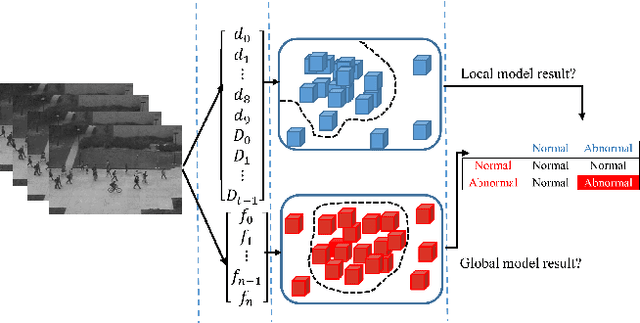

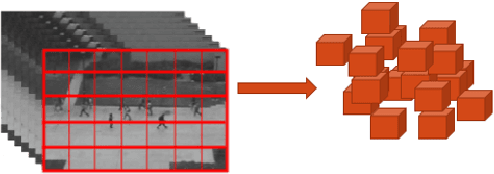
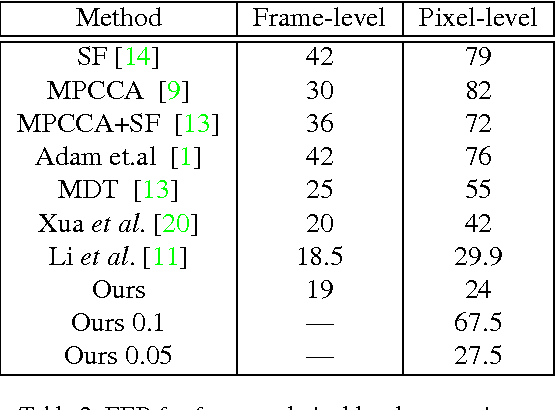
Abstract:In this paper, we propose a method for real-time anomaly detection and localization in crowded scenes. Each video is defined as a set of non-overlapping cubic patches, and is described using two local and global descriptors. These descriptors capture the video properties from different aspects. By incorporating simple and cost-effective Gaussian classifiers, we can distinguish normal activities and anomalies in videos. The local and global features are based on structure similarity between adjacent patches and the features learned in an unsupervised way, using a sparse auto- encoder. Experimental results show that our algorithm is comparable to a state-of-the-art procedure on UCSD ped2 and UMN benchmarks, but even more time-efficient. The experiments confirm that our system can reliably detect and localize anomalies as soon as they happen in a video.
 Add to Chrome
Add to Chrome Add to Firefox
Add to Firefox Add to Edge
Add to Edge